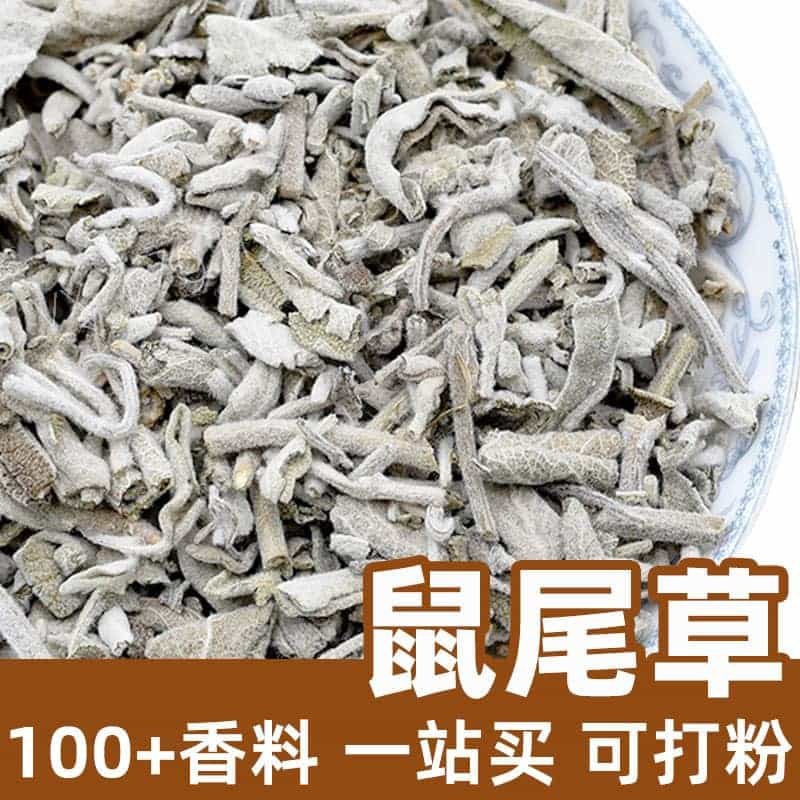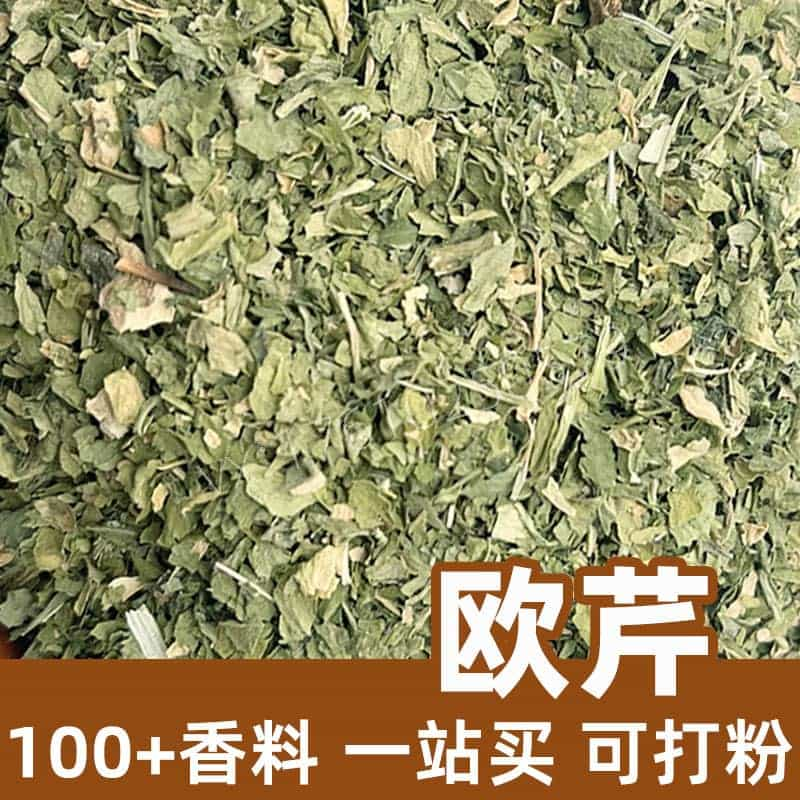Product Introduction
Fructus Aurantii, also known as Zhi Shi, Fructus Aurantii Zi, or Zhi Pi, is a common spice extracted and processed from the unripe fruit of the bitter orange tree. It appears as an oval or elongated shell, typically light yellow or brownish, with fine vertical striations on its surface. Fructus Aurantii has a unique aroma and flavor, making it popular in traditional Chinese medicine and as a seasoning.
Aroma Chemistry
The aroma of Fructus Aurantii primarily comes from its chemical components, with volatile oils being the main source of fragrance. These oils contain compounds such as limonene, methyl eugenol, and hesperidin, giving Fructus Aurantii its distinctive fragrance and taste.
Product Varieties
Based on processing methods, Fructus Aurantii can be classified into sun-dried Fructus Aurantii and alcohol-braised Fructus Aurantii. Both varieties can be used interchangeably, allowing for selection based on personal preference or specific needs.
Product Applications, Usage, and Dosage
Fructus Aurantii is mainly used in traditional Chinese medicine and as a culinary spice. Common applications and methods include:
- Traditional Medicine: Fructus Aurantii is often incorporated into traditional Chinese medicine formulas, where it is valued for its properties in regulating qi and alleviating stagnation. In traditional Chinese medical theory, it is used to relieve chest and abdominal distension, indigestion, and food accumulation.
- Culinary Spice: Fructus Aurantii is also a popular seasoning that enhances the aroma and flavor of dishes. It can be added to soups, porridges, and pickled foods to enrich taste and texture.
Fructus Aurantii’s usage and dosage can be adjusted based on individual needs and taste preferences. Generally, moderate amounts are recommended to achieve the desired aroma and flavor. Specific quantities can be adjusted according to personal taste and recipe requirements.
Origin, Distribution, and Growth Environment of Source Plant
Fructus Aurantii is sourced from the unripe fruit of the bitter orange tree (Citrus aurantium). The bitter orange tree is a common plant found across Asia, Europe, and North Africa. It thrives in warm, humid climates and can grow in a variety of soils.
The unripe fruit of the bitter orange is harvested at an appropriate time, then dried and processed to become the Fructus Aurantii spice available in markets.
Harvesting, Processing, and Storage
Fructus Aurantii is harvested when the fruit is still unripe. After picking, the fruit is sun-dried or treated with alcohol braising, and it can then be used directly or stored.
To maintain freshness and aroma, Fructus Aurantii should be kept in a cool, dry place, ideally in a sealed container.
In Summary
Fructus Aurantii is a commonly used traditional medicine and spice known for its distinctive aroma and flavor. It has a role in traditional Chinese medicine, helping to alleviate chest and abdominal distension and improve digestion. Additionally, Fructus Aurantii is used in cooking to enhance the aroma and taste of dishes. Familiarity with Fructus Aurantii’s parameters, chemical components, and applications can enhance its use, adding depth of flavor to both medicine and culinary creations.
Monica Sun is a seasoned expert in the natural raw materials industry, with over a decade of experience specializing in traditional Chinese medicinal herbs, spices, and fungi. She is skilled in the sourcing, processing, and application of these materials, emphasizing sustainability and innovation. Monica Sun has contributed to the development of high-quality natural raw materials that serve as essential components in functional foods, pharmaceuticals, and cosmetics, delivering tailored solutions to meet diverse market needs.









.jpg)


.jpg)


